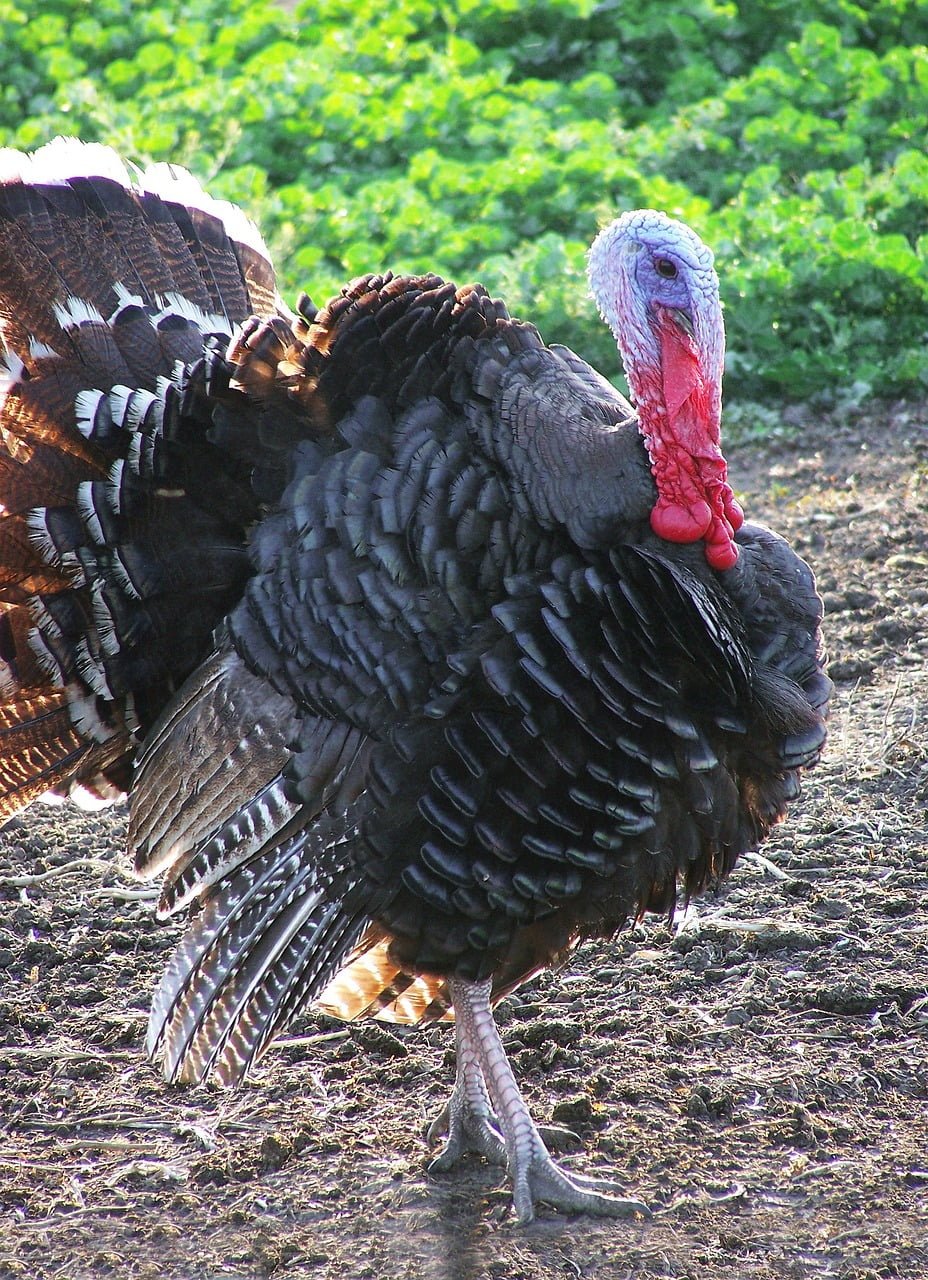
Crooked toes, is also known as cruled toes, is a common condition in turkeys characterized by the toes being bent or twisted in an abnormal position.
It causes difficulty walking and other associated health problems.
This seemingly quirky deformity has sparked curiosity and concern among poultry enthusiasts, prompting questions about its causes, prevention, and ways to address it.
The condition is common on farms with poor breeding and feeding programmes.
This post will explore the causes, prevention, and best ways to alleviate twisted toes in turkeys.
Whether you are a seasoned turkey farmer or a poultry enthusiast, join us as we explore the intricacies of crooked toes in turkeys.
How do I know that the toes of my turkey are curled?
How does crooked toes present in turkeys?
It manifests with abnormal positioning of the toes. The toes can be bent, twisted, or curved in the wrong direction. The direction can be upwards, downwards, sideways, either to the right or left.
What is the prognosis of curled toes in turkeys?
The prognosis depends on the primary cause of toe twisting. If the primary cause is environmental (nutritional deficiency), the prognosis is good. However, if the primary cause is genetic, the prognosis is bad or guarded, depending on its severity.
How do curled toes in turkeys lead to death or sickness?
It starts with:
Uncontrolled toe movement →→ toe paralysis →→ bending of toes →→ limb paralysis →→ turkey sits on its hock and reluctant to move →→ recumbency →→ turkey develops pressure sores or wounds →→ wounds become infected →→ turkey gets septicemia (sickness) →→ if left untreated the turkey may die.
Is curved or twisted toe syndrome common in turkeys?
Yes, curled-toe syndrome is common in turkeys. Most are due to non-painful causes (genetic disorders and nutritional deficiencies): therefore, they go undetected since the turkey will appear normal with no limping unless other body parts are affected.
However, in pet turkeys or turkeys that are routinely examined, it’s noticed easily and early.
What are the causes of curled toes in turkeys?
Crooked toes is caused by several factors; identifying the specific one might be a challenge for a layperson. Some of them are:
Genetic disorders
Poor feeding and rationing
Vitamin B deficiency
Mineral deficiency
Improper incubation conditions (unstable temperatures and humidity)
Trauma
Bacterial and viral infections
Improper brooding conditions
Arthritis
Ingestion of toxins
Overgrown toe nails in turkeys raised on a smooth floor
Bone fracture
Foreign material stuck in turkey feet
Ruptured ligament.
What are the predisposing factors for curled toes in turkeys?
Inbreeding
Poor feeding
Unhygienic environment
Overcrowding
Raising turkeys on smooth floors
Unstable incubation temperatures
Mixing turkeys of different ages and sizes
How can I prevent the toes of my turkey from being curled?
Ensure proper breeding.
Ensure proper feeding.
Popper hygiene
Regular nail trimming
Proper incubation and brooding conditions
How can I treat twisted toe condition in my turkeys?
The selection of the right treatment plan is fully based on the primary cause of the condition. Therefore, first, establish the primary cause.
The most commonly used management practices and drugs are:
Antibiotics
Antiinflammatory drugs
Mineral supplements
Vitamin B supplements
Fracture repair
Trimming overgrown nails
Conclusion;
Curved toe syndrome in turkeys is a major economic hindrance for commercial turkey farmers. It affects their ability to access food, creating a negative impact on weight gain.
For pet turkeys, it severely affects their quality of life, mostly their freedom from pain and stress.
By sharing this article, you fully contribute to turkey welfare around the globe.
Read about the treatment of intestinal adhesion in dogs.
Read about the causes and treatment of hernias in dogs.
Read about the causes and treatment of weight loss in dogs.
Read about the loss of hair in dogs.
Read about the causes and treatment of bad breath in cats.
Read about 10 simplified steps for grooming a pet.
Learn the 8 steps of trimming the nails of your dog.
Read the causes of scratching in dogs.
Read the causes and treatment of ear infections in dogs.
Read the causes, prevention, and treatment of bloat in dogs
